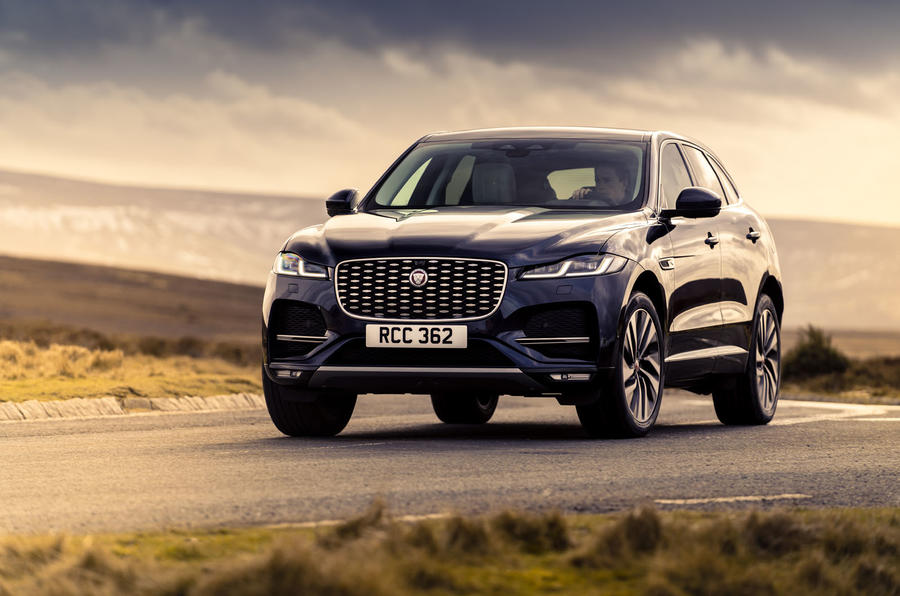What is it?
What with all Jaguar’s well-publicised recent struggles and CEO Thierry Bolloré’s ‘Reimagine’ strategy, it’s sometimes easy to forget the cars themselves. Because with vehicles like this F-Pace PHEV, the British brand is quietly getting into a position of having a heavily updated model range that, it hopes, will be able to challenge for class honours.
The F-Pace has been facelifted across the spectrum - we drove a P400 version here and the bonkers SVR here - but this plug-in hybrid is potentially the most interesting of the lot. At least it is if you pay for your own fuel and taxes.
At its heart is a 2.0-litre petrol Ingenium engine, coupled with a rear-mounted 17.1kWh battery and 141bhp electric motor. It’s good for 33 miles of electric-only running and a charge time of 1hr 40min from a 7kW wallbox. For company car buyers, the CO2 is 49g/km, with 12% benefit-in-kind tax band, a handy 7g/km and 1% under the Mercedes GLC 300e.
Speed? With 398bhp and 472lb ft, it’ll do 0-62mph in 5.3sec - again just edging out the Merc, despite having 44lb ft less than the German.
The new F-Pace rides on the same D7a platform as before, but Jag has tweaked the dampers, springs and anti-roll bars. One slight snag: because this platform was only ever designed to take a space-saver spare, there isn’t as much room under the boot floor. This means the rear-mounted battery intrudes into the boot space, which is 98 litres smaller than the non-PHEV cars.
Inside, the main thing to notice is the new Pivi Pro infotainment system, hosted in a new, curved touchscreen that sits proud of the dashboard. Jaguar also claims better-quality materials throughout, and there are rotary climate control dials and a stubby gearlever.











































Join the debate
Add your comment
What's more unreliable than a Jaguar? A Jaguar with two engines and lots more electronics.
JLR have halved their warranty claims in just 1 year. I think they finally get it